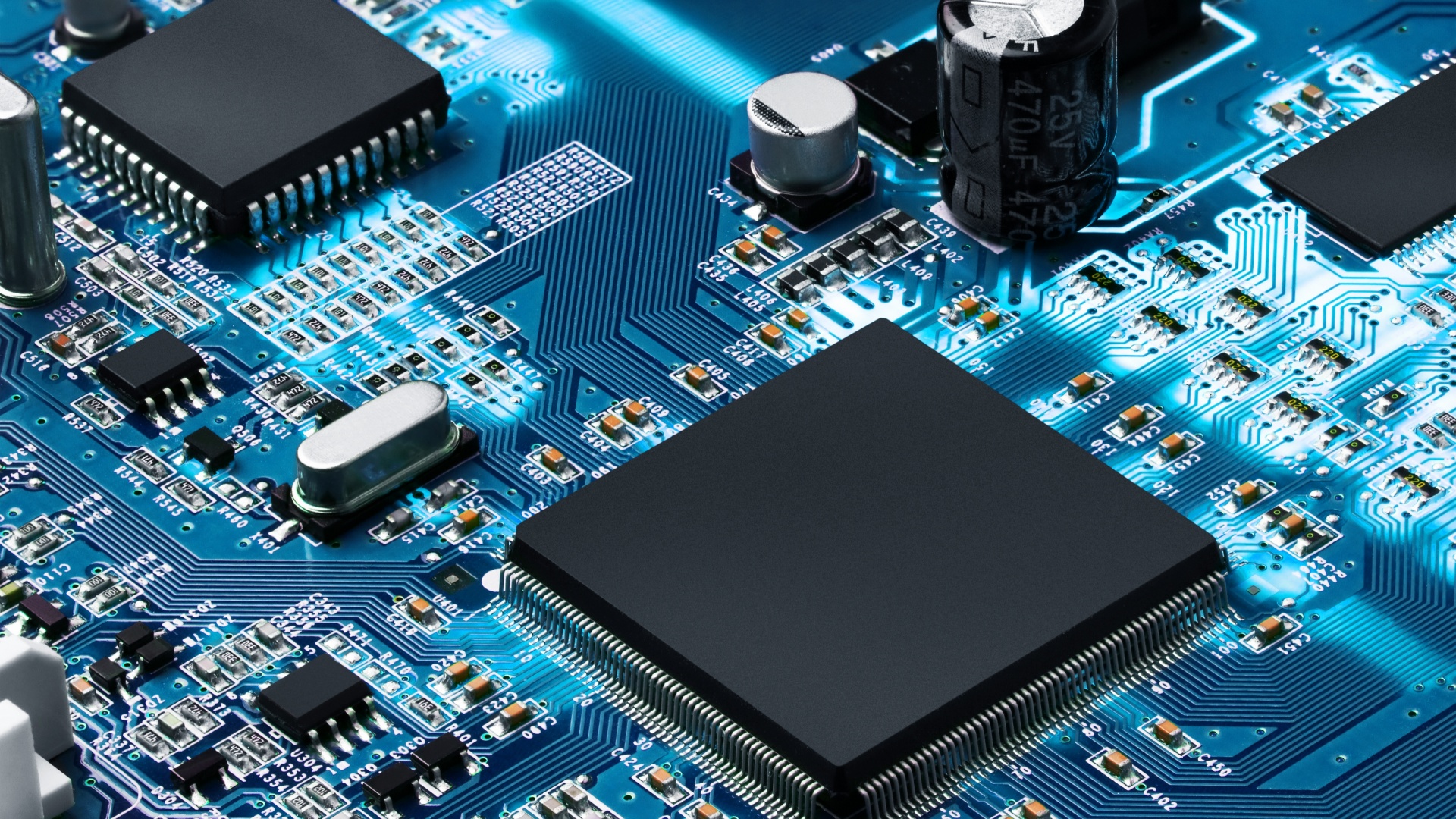Silicon monocrystals, which are hundreds of times thinner than human hair, are called semiconductors. They are used to make ultra-miniature, highly specialized computer chips that perform one or more operations and are the brain and heart of all modern gadgets. Their shortage creates a serious threat to the global high-tech future.
Reasons for shortages
Since the beginning of the pandemic time, people all over the world have been suddenly isolated, and gadgets have become the only possible means of connecting with the rest of the world. This situation provoked an increase in demand for smartphones, tablets, laptops, and headphones.
As a result, the need for semiconductors has increased dramatically, also in the medical and gaming industries. Conductors play an important role in diagnostic devices and set-top boxes. These factors have provoked an unplanned reduction in the number of semiconductors in the warehouses of almost all electronics companies.
It is worth noting that most of them do not have their own production of semiconductor chips, as it is quite an expensive and complicated technological process.
Who will suffer the most from semiconductor shortages?
Big automotive companies and manufacturers of medical diagnostic equipment were the areas the hardest hit by the semiconductor shortage. Circumstances are such that the suppliers of household appliances and smartphones turned out to be more ready for such a situation than non-electronics industries.
The production of medical diagnostic equipment uses primitive chips that are not equipped with powerful processors. Despite this, this sphere has also felt an acute shortage of semiconductors. And this is the most unfortunate as we all depend on the medical sphere nowadays.

How will the shortage affect the consumer?
The consequences of the semiconductor shortage will be felt by electronics manufacturers and consumers for a long time in the future. Most of them have already felt this, and some will come in the near future.
The shortage will affect people’s well-being and wallets. It is obvious that a significant increase in the cost of electronics and cars is provoked by the shortage of semiconductors, and the situation will only worsen in the near future.
In addition, there is a high probability that this trend will affect a large range of goods and services. We can explain this with the example of the energy sector – higher oil prices usually provoke a rise in prices in most industries, as any production requires energy resources.
For example, the problems of car manufacturers will certainly provoke higher prices for car transporters’ services, as a decrease in the number of trucks will increase the demand for them. Intermediaries will be forced to put these costs into the cost of their goods and services.
Even cryptocurrency miners could not avoid serious problems because Bitcoin mining is impossible without computers with high-performance graphics cards.
Large corporations, which had solid semiconductor stocks at the beginning of the crisis and more opportunities for negotiation, suffered the least in the arisen circumstances. Manufacturing companies, which were not able to make a solid order of microchips and, hence, to interest suppliers, found themselves in the most disadvantageous position.
The saddest thing is that most of them operate in education and healthcare. Despite the pessimistic forecasts, all companies are trying to find a key to the problem, as it is a great opportunity to increase earnings by increasing the volume of semiconductor production. The most actively developing in this direction is the company TSMC.
It has built huge factories which will produce sufficient volumes of semiconductor chips. Analysts agree that the demand for semiconductors will only grow in the coming years, so the company is already preparing to meet the demand in full.
